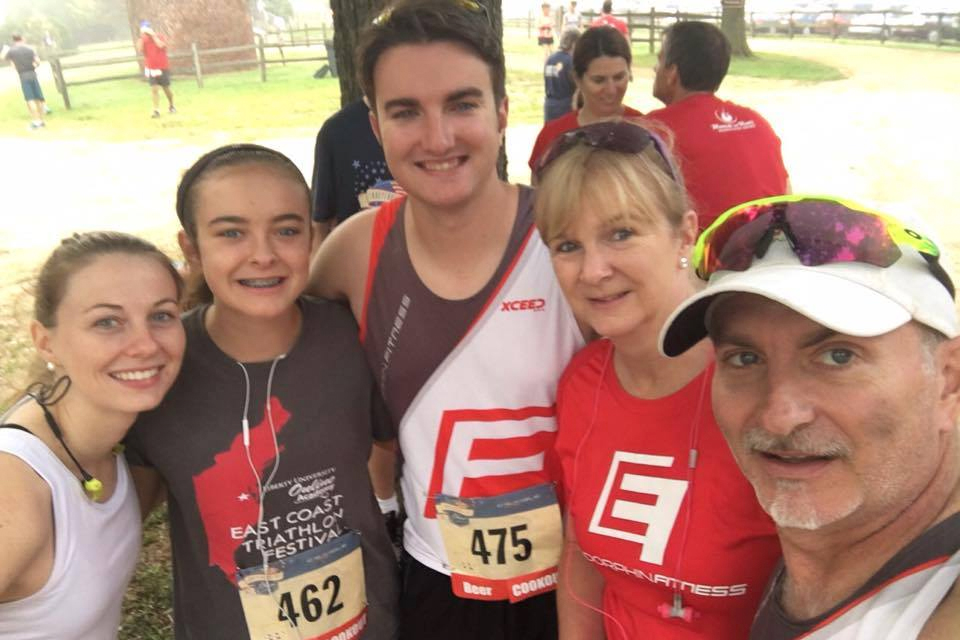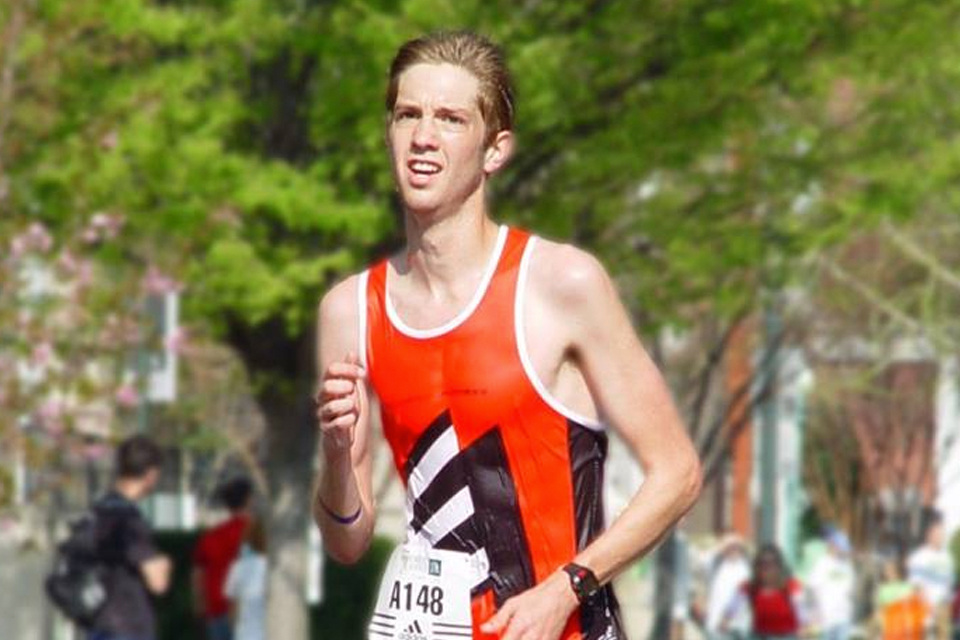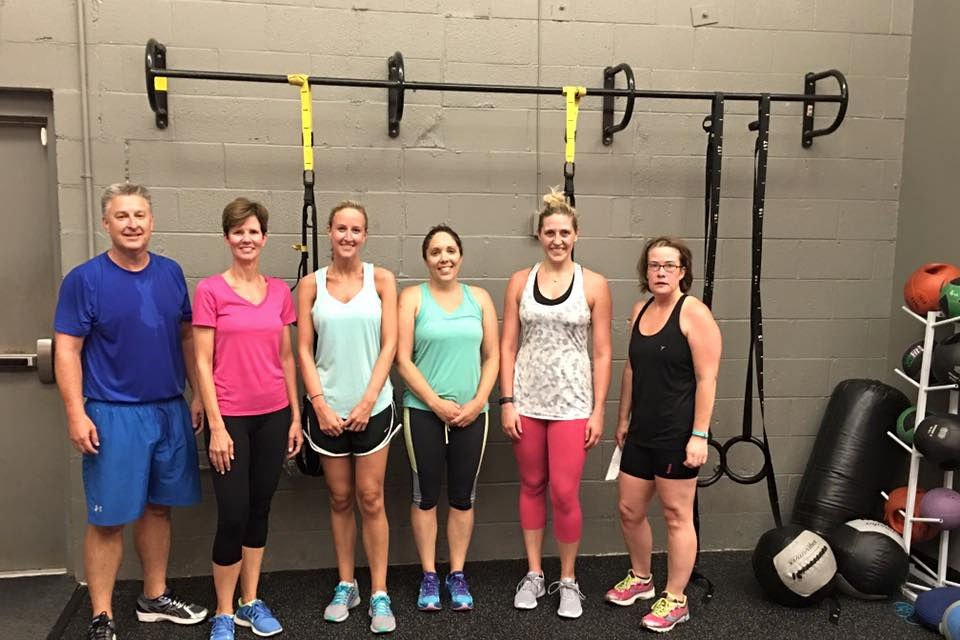Giant Acorn is a great race that mirrors the same course as the Spring Kinetic Triathlon. This write-up will cover a few things we want you to consider going into this race.
ZONES – The sprint should be done in mid-high zone 4 with the goal of really pushing yourself right under your breaking point. The International is done between around high zone 3 – low zone 4. Work with your individual coach to dial this in for you and put numbers behind it.
WARM UP – Your warm up should consist of an 8-12 minute run, 15-20 minute bike, and 5-10 minute swim. For the run, keep it easy but include a few strides at the end. For the bike, complete a hard 3 minute segment in the middle at race pace followed by a few 15 sec hard bursts with full recovery between. Hydrate well during the bike and stretch legs lightly following bike. For the swim, warm up for a few minutes and then complete a few hard 15-20 second bursts slightly faster than race pace like the start of the race. Do these as close to the start of the race as possible.
The warm up should be individualized for you based on what you have found works in the past and what sort of fitness you are carrying currently. If you feel challenged by the race distance, keep the warm up shorter. If you are training for an Ironman and racing the sprint today, a longer warm up would be preferable.
NUTRITION – For short course, the bulk of your nutrition will take place in the days leading into the race as well as race morning. Get in a good carbohydrate based breakfast (some protein is ok as well) as early as possible (3+ hours before race is ideal) followed by a moderately high glycemic carbohydrate snack (like a bar) about 90 minutes out. Drink water (or coconut water – preferred) liberally but not overly much from the time you wake up. At 75 minutes to go (when you should start your warm up), switch from water to sports drink with the goal of drinking about 18-24 ounces of sports drink before race start. If you like, take a gel with 15 minutes to go.
On the bike, the majority of your nutrition will come from sports drink to the tune of 24 ounces per hour (typically around 12 ounces for sprint and 24 for Olympic give or take). If you like something extra, 1-2 gels is a nice addition with one taken 1/3 of the way in and the second taken with 15 minutes to go on the bike. Sprint racers should only need one gel taken in the middle of the ride or none at all.
If you are a heavy sweater (especially if it is hot), supplement electrolytes with s-caps to the tune of one per hour (about 600 mg of sodium) or seek out a heavier electrolyte than normal sports drink.
COURSE NOTES
The SWIM is a simple rectangle shape that usually starts from the beach or knee deep. Make sure you get a warm up in before the SWIM (short run, then bike, then swim with a few accelerations at race pace especially on the swim) regardless of which race you are doing. All races are one loop keeping the buoys to your right. When the gun goes off, you will likely need to run and dive into the water (if beach start) followed by a few dolphin dives. This start is key to get out front and set yourself up with a faster drafting pack. To this point, plan to go a little hard for the first 50-100 meters. If you are very comfortable with the race distance, you can take more risks here. The only exception to this would be if you are uncomfortable with the distance of the swim or contact with others – in these cases, ease into your pace.
Once you are with that faster pace group, find someone to draft. You need to take advantage of this and allow them to pull you through the course. Make sure you are sighting well – every 6-12 strokes depending on how good you are at swimming a straight line (err on more if not sure). Over the last 2-3 minutes of the swim, add a little stronger kick to get blood carrying oxygen to your legs for the run to transition and bike. Exit the water and get your wetsuit off as soon as possible (once you get it to your waist while running, stop and pull it the rest of the way).
TRANSITION 1. Simple grass transition. You will run up a hill to enter transition. If you can get your wetsuit off before this hill as noted above, it will save you some energy. Know where your spot is (walk through it a few times in warm ups) and the most direct route to it. Exiting transition, the mount line is on a significant hill. Make sure you carry a lot of speed into your mount and get onto the tops of your shoes quickly. Once there, pedal to the top of the hill before getting in your shoes the rest of the way.
The OLYMPIC BIKE COURSE starts with a steep hill followed by a gradual climb. Be prepared for this climb by putting your bike in a good gear to climb right out of transition (see transition section above). The road out of the park has slightly rolling terrain but is predominately uphill. Once out of the park, you are about 2.5 miles into the course. Once out of the park, the course will continue slightly uphill through mile 4.5. Then, you will find yourself going downhill through mile 5.8 followed by a decent, short hill. Miles 6-9 will continue to steadily climb but nothing too bad. After this, you will have make a left onto Tatum Road which is largely downhill and fast. This is followed by another left onto Orange Springs Rd where you will find have of back to back 4 hills over the next 5 miles which includes two turns (right on Belmont, left on Jones Powell). Try to hold your intensity fairly even on these making sure not to empty the tank on the uphills while putting out decent effort on the downhills (not just coasting). Even pacing is always best! The left on Jones Powell will lead into an extended climb up to a right on Lawyer’s – this section takes you back to the park entrance and will be flat to downhill. Right turn into the park which will be predominately downhill home with the steep downhill finish. Stand a few times during this section to loosen up for the run and otherwise using a slightly higher cadence to get the legs ready. Keep things controlled and prepare for the run here. You should also taper off your nutrition here only taking small sips of fluid so as to prepare for the slower digestion of the run to make sure you don’t experience any sloshing in your stomach at the start of the run.
The SPRINT BIKE COURSE is relatively fast with the first half being primarily downhill, followed by a few short hills, and then a flat section back to transition. It starts with a steep hill out of transition followed by a gradual climb. Be prepared for this climb by putting your bike in a good gear to climb right out of transition (see transition section above). The road out of the park has slightly rolling terrain but is predominately uphill. Once out of the park, you are about 2.5 miles into the course. Keep it controlled here and ease into your pace. Exiting the park, you will make a left on Lawyer’s Road which is slightly uphill through mile 4.5. Use this road to settle into your pace and get comfortable (as much as you can be in zone 4 :). Lawyer’s will bend to the right and continue through mile 6.8 with the first part downhill and a hill at the end of this road. Left turn on Belmont Rd here which will be the fastest section of the course – downhill through mile 8.5 followed by a slight uphill to the left turn on Jones Powell Rd. This first section of Jones Powell Rd will be the toughest part of the course comprising miles 8.5 to 10. You will continue uphill to the right on Lawyer’s which takes you back to the park entrance and will be flat to downhill. Right turn into the park which is predominately downhill home with the steep downhill finish. I recommend standing a few times during this section to loosen up for the run and otherwise using a slightly higher cadence to get the legs ready. Keep things controlled and prepare for the run here. You should also taper off your nutrition here only taking small sips of fluid so as to prepare for the slower digestion of the run to make sure you don’t experience any sloshing in your stomach at the start of the run.
TRANSITION 2. Steep downhill back to transition 2 – make sure you are out of your shoes before the hill and slow yourself down coming into the dismount line. Find your spot (practice beforehand) and quickly put on your shoes, grab the rest of your stuff, and go.
The RUN COURSES follow the same loop, but the sprint completes one loop and the Olympic two loops. Both begin with the same big hill you did out of transition on the bike (different face of it though). This can be challenging right off the bike – settle in and run a controlled pace. Your legs will loosen up and release you at the top. Take deep breaths and stay relaxed. After the steepest part, it will flatten out but still be slightly uphill for about a 3/4 mile. From here, the course makes a right turn on Cabin Loop, which becomes increasingly more downhill as you go. You will turn around on this road at around 1.5 miles. Once both courses turn-around, that nice downhill on the way out becomes a nice uphill which is most steep at first but flattens out as you near the top. When you are almost to the road that you took out of transition, the course makes a left turn taking you through the campground area, which is flat to slightly downhill. Relax on this downhill and focus on allowing your body weight to carry you down the hill. This is a great course with tons of variety. You should ease into the pace on the first hill and increase pace throughout the course really pushing it on the final downhill on the path.
HAVE FUN! Races provide you an opportunity to see the fruit of all your hard work and have a blast doing so. Remember to have fun and cheer on your teammates as you race them to the finish line.






